Regulatory Compliance Pressures
Regulatory compliance is a critical driver for the extended detection-response market in South Korea. Organizations are facing mounting pressures to adhere to stringent data protection regulations, such as the Personal Information Protection Act (PIPA). In 2025, compliance-related investments are projected to account for over 25% of total cybersecurity budgets in the region. The extended detection-response market is positioned to benefit from this trend, as businesses seek solutions that not only enhance security but also ensure compliance with evolving regulations. Failure to comply can result in substantial fines and reputational damage, further incentivizing organizations to invest in effective detection and response capabilities.
Increasing Cyber Threat Landscape
The escalating cyber threat landscape in South Korea is a primary driver for the extended detection-response market. With cyberattacks becoming more sophisticated, organizations are compelled to adopt advanced security measures. In 2025, the number of reported cyber incidents in South Korea has surged by approximately 30%, prompting businesses to invest in comprehensive detection and response solutions. The extended detection-response market is witnessing a significant uptick in demand as companies seek to enhance their security posture against evolving threats. This trend is further fueled by the increasing reliance on digital infrastructure, which necessitates robust security frameworks to protect sensitive data and maintain operational integrity.
Rise of Remote Work and Digital Transformation
The rise of remote work and ongoing digital transformation initiatives are significantly impacting the extended detection-response market. As more organizations in South Korea adopt flexible work arrangements, the attack surface has expanded, leading to increased vulnerabilities. In 2025, it is projected that remote work will account for nearly 50% of the workforce, necessitating robust security measures. The extended detection-response market is responding to this trend by providing solutions that address the unique challenges posed by remote environments. Organizations are seeking advanced detection and response capabilities to safeguard their networks and data, driving demand for innovative security solutions.
Investment in Cybersecurity Skills and Training
Investment in cybersecurity skills and training is emerging as a vital driver for the extended detection-response market. As the complexity of cyber threats increases, organizations in South Korea are recognizing the importance of equipping their workforce with the necessary skills to combat these challenges. In 2025, it is anticipated that spending on cybersecurity training programs will rise by 20%, reflecting a commitment to enhancing internal capabilities. The extended detection-response market stands to benefit from this trend, as organizations seek solutions that not only provide technology but also empower their teams to effectively respond to incidents. This focus on skills development is likely to create a more resilient cybersecurity landscape.
Growing Demand for Integrated Security Solutions
The demand for integrated security solutions is driving growth in the extended detection-response market. South Korean organizations are increasingly recognizing the need for cohesive security strategies that encompass various aspects of cybersecurity. In 2025, it is estimated that over 40% of enterprises will prioritize integrated solutions to streamline their security operations. The extended detection-response market is adapting to this shift by offering solutions that unify threat detection, incident response, and security management. This holistic approach not only enhances efficiency but also improves the overall effectiveness of security measures, making it a compelling choice for organizations aiming to fortify their defenses.


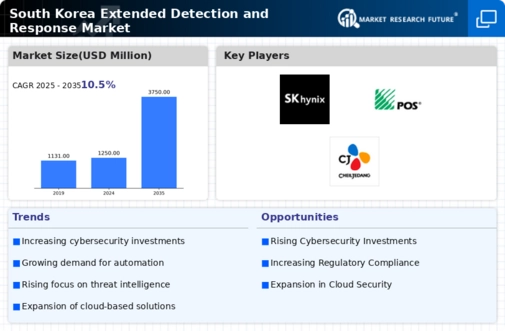
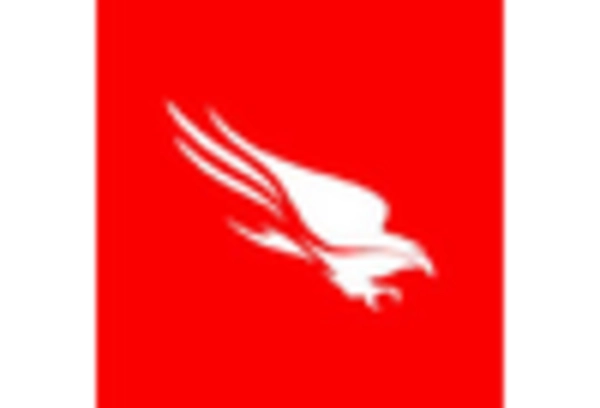

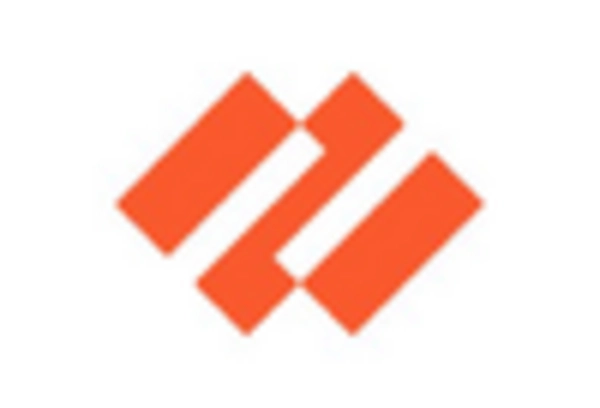
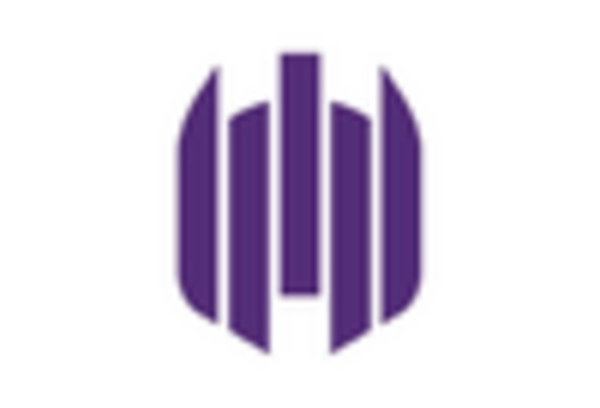
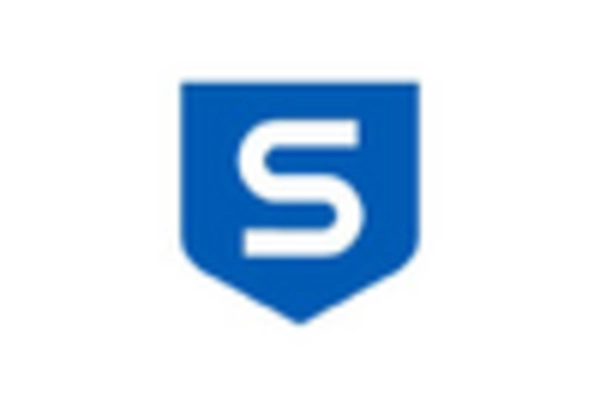
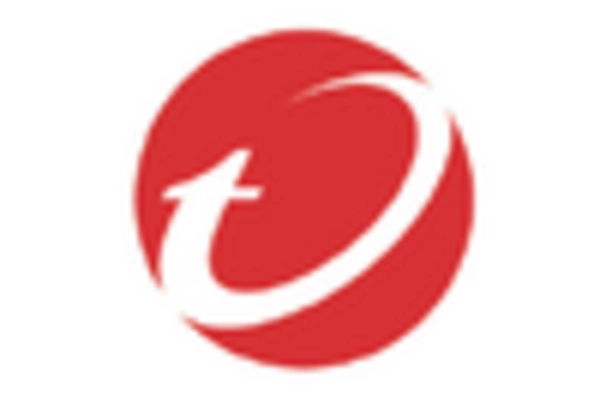








Leave a Comment